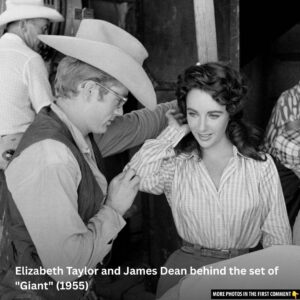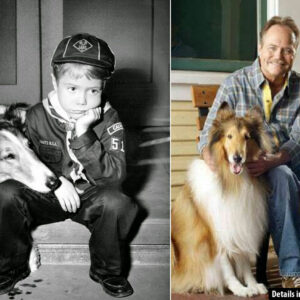Gilligan’s Island, airing from 1964 to 1967, remains a beloved classic in television history. This article delves into the show’s captivating premise, rich character dynamics, cultural impact, and behind-the-scenes production insights. Join us as we rediscover the charm and legacy of this iconic sitcom, celebrating the adventures of Gilligan and his fellow castaways on their uncharted island.
The Premise of “Gilligan’s Island”
Gilligan’s Island begins with a simple yet captivating premise: a group of seven individuals set out on a “three-hour tour” aboard the S.S. Minnow, only to be shipwrecked on an uncharted island. The series follows their attempts to escape the island and return to civilization, with each episode presenting new challenges and comedic mishaps.
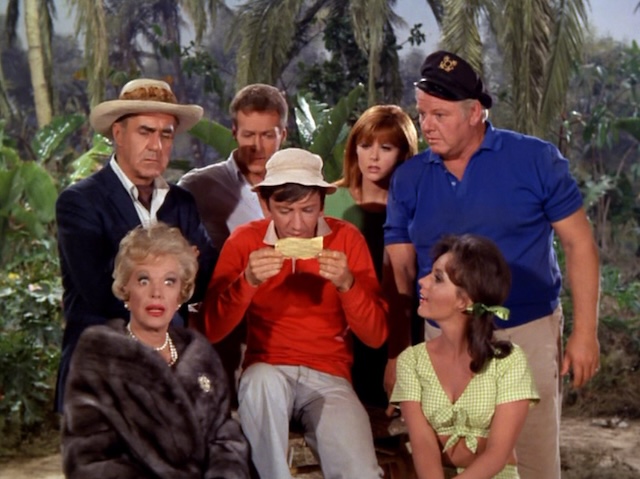
The castaways include the bumbling first mate Gilligan (Bob Denver), the wise and resourceful Skipper (Alan Hale Jr.), the millionaire Thurston Howell III (Jim Backus) and his wife Lovey (Natalie Schafer), the movie star Ginger Grant (Tina Louise), the brilliant Professor (Russell Johnson), and the wholesome farm girl Mary Ann Summers (Dawn Wells). Each character brings their own unique personality and skills to the group, creating a dynamic and entertaining ensemble.
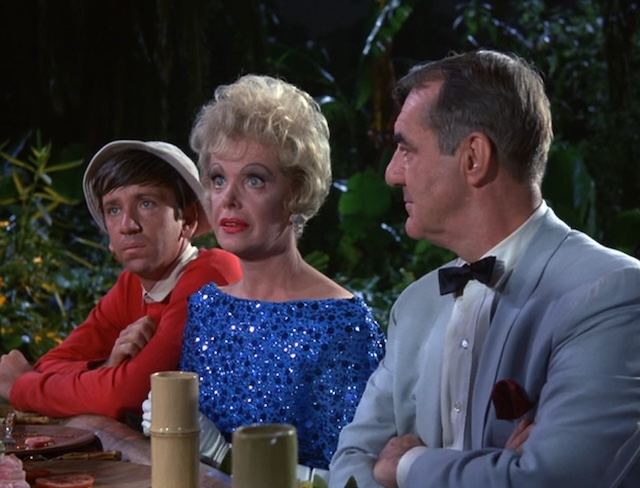
The island itself becomes a character in the series, with its lush landscapes, hidden dangers, and occasional visitors adding to the intrigue and humor. The show’s setting provides a perfect backdrop for the castaways’ adventures, blending elements of survival, ingenuity, and comedy.
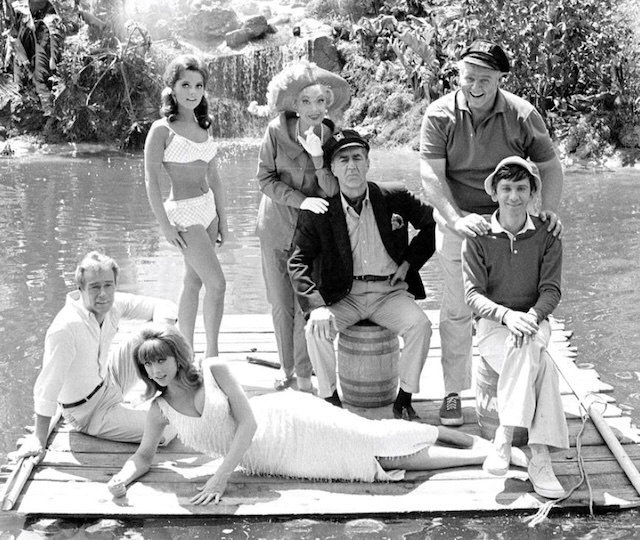
Character Dynamics and Development
The heart of Gilligan’s Island lies in its rich character dynamics and development. Each castaway represents a distinct archetype, and their interactions create a tapestry of humor, conflict, and camaraderie.
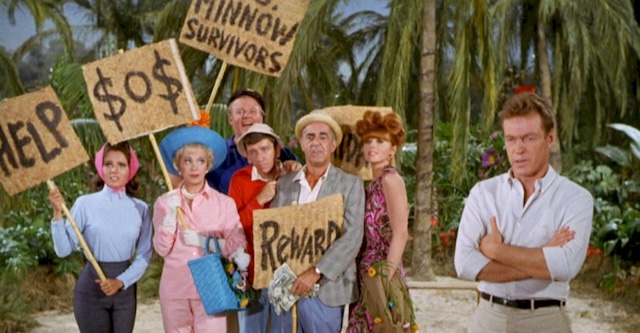
Gilligan, the well-meaning but accident-prone first mate, often finds himself at the center of the group’s misadventures. His childlike innocence and clumsiness endear him to viewers, while also serving as a catalyst for many of the show’s comedic scenarios. The Skipper, as Gilligan’s loyal but exasperated mentor, provides a counterbalance with his authoritative yet caring demeanor.
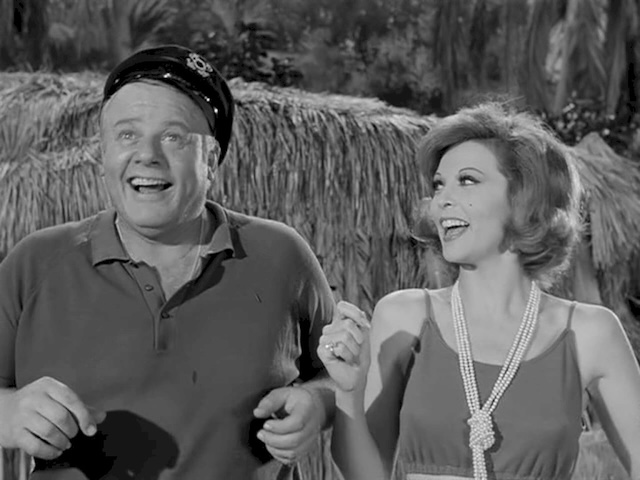
Thurston Howell III and his wife Lovey bring a touch of high society to the island, with their wealth and status often clashing with the more practical needs of survival. Their interactions with the other castaways reveal both the absurdity and the adaptability of their privileged backgrounds.
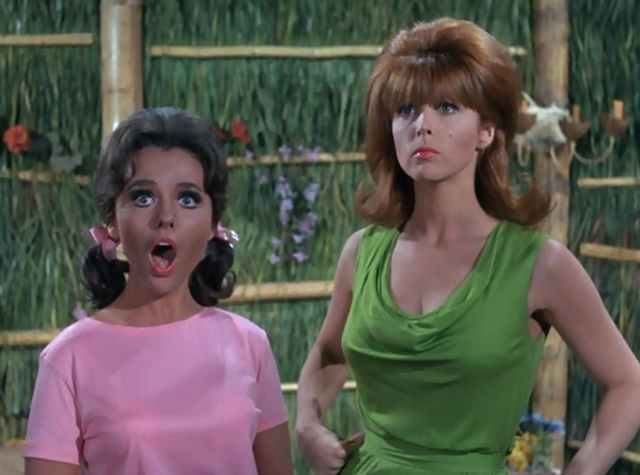
Ginger Grant, the glamorous movie star, uses her charm and theatrical skills to contribute to the group’s efforts, while also adding a touch of Hollywood allure. The Professor, with his vast knowledge and scientific ingenuity, becomes the group’s problem-solver, devising creative solutions to their predicaments.
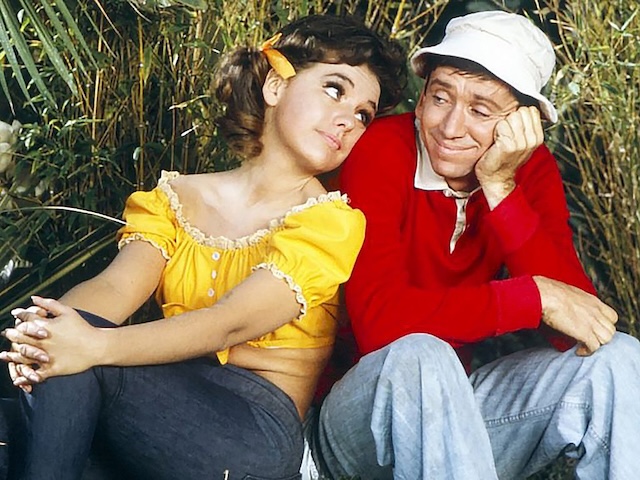
Mary Ann Summers, the down-to-earth farm girl, embodies the values of hard work, kindness, and resourcefulness. Her character often serves as the moral compass of the group, bringing a sense of warmth and sincerity to the island.
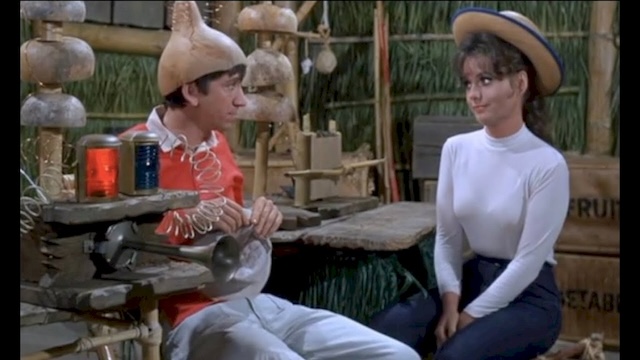
The interplay between these diverse characters creates a dynamic and engaging narrative, with each episode exploring different aspects of their personalities and relationships. The show’s ability to balance humor with genuine character development is a key factor in its enduring appeal.
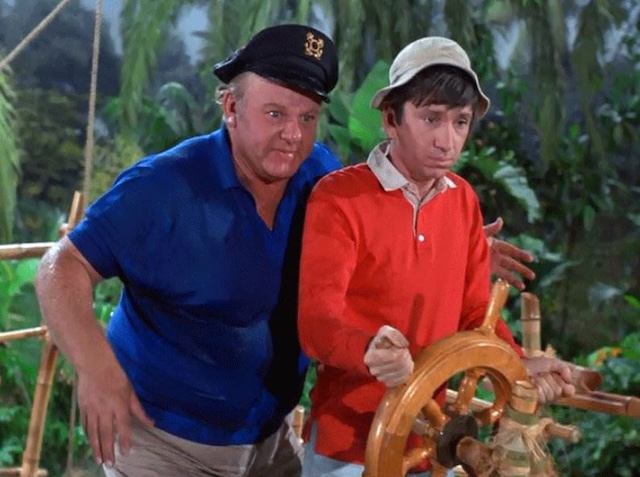
Cultural Impact and Legacy
Gilligan’s Island has left an indelible mark on popular culture, with its iconic theme song, memorable catchphrases, and beloved characters becoming ingrained in the collective consciousness. The show’s influence extends beyond its original run, inspiring numerous parodies, references, and adaptations in various forms of media.
The series’ portrayal of the castaways’ resourcefulness and resilience resonated with audiences, offering a lighthearted yet meaningful exploration of human ingenuity and cooperation. The show’s ability to blend comedy with themes of survival and ingenuity made it a unique and enduring piece of television history.
“Gilligan’s Island” also holds a special place in the hearts of fans who grew up watching the show in syndication. Its timeless humor and relatable characters continue to attract new generations of viewers, ensuring its legacy as a beloved classic.
The show’s impact is evident in its numerous spin-offs, including animated series, reunion movies, and even a musical. These adaptations have helped keep the spirit of “Gilligan’s Island” alive, allowing fans to revisit the island and its quirky inhabitants in new and exciting ways.
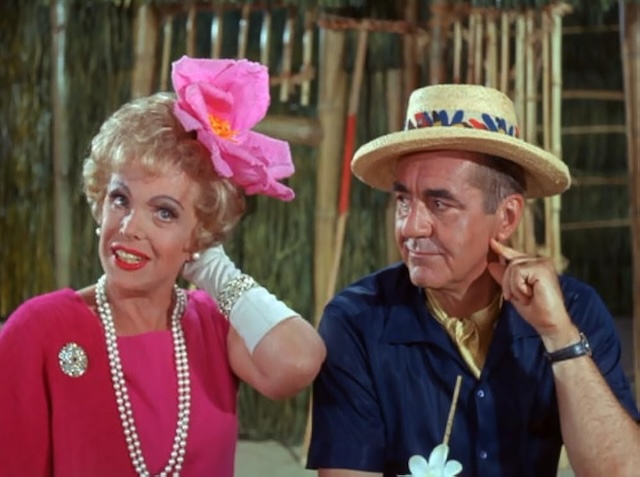
Behind the Scenes: Production Insights
The production of Gilligan’s Island was marked by a combination of creativity, innovation, and challenges. The show’s creator, Sherwood Schwartz, envisioned a series that would blend humor with social commentary, using the isolated island setting as a microcosm for exploring human nature.
The casting process was crucial to the show’s success, with each actor bringing their own unique talents and chemistry to their roles. Bob Denver’s portrayal of Gilligan, in particular, became iconic, with his physical comedy and endearing personality capturing the essence of the character.
The show’s production design also played a significant role in creating the immersive island environment. The lush sets, creative props, and inventive special effects helped bring the island to life, providing a visually engaging backdrop for the castaways’ adventures.
Despite its lighthearted tone, Gilligan’s Island faced its share of production challenges. Filming on location in Malibu and at the CBS Radford Studios in Studio City, California, presented logistical difficulties, particularly in creating the illusion of an isolated island. The show’s budget constraints also required the production team to be resourceful and innovative in their use of props and special effects.
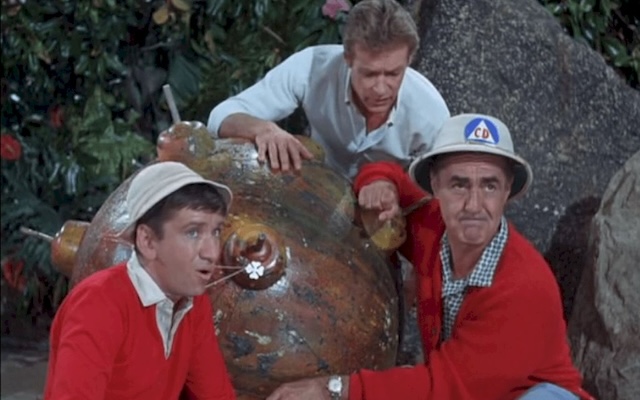
One of the most memorable aspects of the show’s production was the creation of the iconic theme song, “The Ballad of Gilligan’s Isle,” written by Sherwood Schwartz and George Wyle. The catchy tune, which narrated the show’s premise, became an integral part of the series’ identity and remains one of the most recognizable TV theme songs to this day.
The show’s costume and set design also contributed to its distinctive aesthetic. The castaways’ outfits were carefully chosen to reflect their personalities and backgrounds, from Ginger’s glamorous gowns to Mary Ann’s wholesome farm-girl attire. The island’s sets, with their makeshift huts and tropical flora, were designed to enhance the sense of adventure and isolation.
Despite the challenges, the cast and crew developed a close-knit bond, often likened to a family. This camaraderie translated on-screen, with the chemistry between the actors adding depth and authenticity to their performances. The show’s lighthearted atmosphere and collaborative spirit were key factors in its success and longevity.

Gilligan’s Island is more than just a sitcom; it is a cultural phenomenon that has left an enduring legacy in the world of television. Its unique blend of humor, character development, and social commentary set it apart from other shows of its time. The series’ ability to entertain while exploring themes of survival, ingenuity, and human nature has ensured its place in the annals of TV history.

